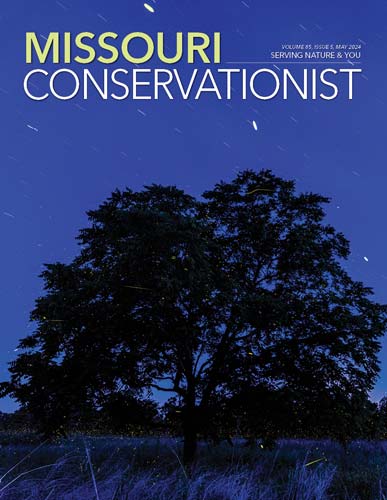
A slender, tow-headed teen with a wide smile, Christian Hawn, 16, cocks his head and listens more than he looks.
“That’s a tufted titmouse,” he said, mimicking the sound. “Peter, peter, peter,” he said.
Field sparrows, he said, sound like ping-pong balls getting faster.
American bitterns sway with reeds in the breeze. Their slightly bizarre song sounds a bit like a dollop of splashing water.
Over the course of the next hour, Hawn identified dozens of bird species by song alone and many by sight at the Audubon Trails Nature Center in Rolla.
“I’ve always enjoyed birdwatching,” he said. “But in 2019 I really got into identifying them. In 2020, I set a goal of adding 220 birds to my life list. But I ended up reaching 302. It was such an insane, amazing year. I saw a storm petrel that year!”
With 407 birds on his life list, Hawn already has an impressive start. Connecticut warblers, northern parulas, great crested flycatchers, blue grosbeaks, white-breasted nuthatches, LeConte’s sparrows, roseate spoonbills, yellow-breasted chats, and northern saw-whet owls are just a portion of the birds he’s seen. Seeing flamingos in the wild at St. Marks National Wildlife Refuge in Florida is a future goal.
A teacher, Daniel “Doc” Hatch, helped foster Hawn’s passion by chatting with him about ornithology after school.
“Doc Hatch really sparked it for me,” he said. “It’s addictive. That first rare-bird chase gets you sucked into it.”
Hawn is a member of the Missouri Young Birder’s Club, which convenes via Zoom and in person. He’s also a member of the Ozark Rivers Audubon Chapter, and because he has such a keen eye, he’s often invited to lead birdwatching walks for the chapter. Already at age 16, Hawn has a masterful understanding of ornithology. His mind has collected information with the insatiability and enthusiasm only a fiercely absorbed young person can summon.
He’s used a variety of tools — ebird.org, the Merlin app, Sibley’s guides — to hone his skills. But the simple act of surrounding himself with other avid birders and being outdoors helps the most, he said.
“It’s always fun to see what other people have been seeing,” he said. “It’s a passion and I love it. I’d like to make a career out of it if I can.”
For Hawn, birding is an everyday activity, a daily act of joy he does whenever he steps outside.
Brothers See Merit in Birdwatching
For Columbia brothers Anthony Draper, 13, and Quinn Draper, 11, the Boy Scouts of America served as their entry into the world of birdwatching. Their aunt noticed the opportunity for a merit badge and encouraged her nephews to go for it and allowed them to borrow her spotting scope.
To earn their badges, the boys met several goals, including creating a field notebook identifying 20 species, recognizing five birds by their songs, sketching a perched bird, and labeling its anatomy.
The brothers dived into the hobby with enthusiasm. A selection of backyard bird feeders summoned a host of Missouri’s winter fliers. Trips to Eagle Bluffs Conservation Area (CA) helped them learn how to identify Missouri’s various wetland birds.
“It was a little harder to complete, compared to the other badges,” Anthony said.
“It was challenging, but it was fun,” added Quinn.
Quinn is the younger of the two brothers, but also the more passionate about birds. Both native and nonnative species have captured his imagination.
“I’d like to see a wandering albatross someday,” he said. “They have the longest wingspan of any bird.”
He has big dreams of adding additional bird-friendly features to his family’s yard.
“I want to build more bird habitat,” he said. “I think one thing we should do is add more bird feeders. And a tiny pond, too.”
Banded for Life
A Rock Bridge High School field ecology class has piqued numerous Columbia teenagers’ interest in birds.
A lover of the outdoors, Annie DeTar’s active lifestyle trends towards the adventuresome. Birdwatching provides a peaceful contrast.
“I’m always impressed by how accessible birding is,” DeTar said. “I’m into other outdoorsy things — hiking, camping. But birdwatching is a lot less work. You are by yourself, or with friends, and it’s quiet and calm. It’s an opportunity to find moments of Zen.”
Most birders’ grow their interest through the lenses of a pair of field binoculars. For 17-year-old Shubha Gautam, her school’s ecology class afforded her the opportunity to band birds and collect scientific data. The students receive training and certification to perform the tasks legally.
Soon, she was measuring the captured birds’ wingspans and weights. She also learned how to safely hold a bird without harming it.
“It’s a nice feeling,” she explained. “I don’t have a life list. For me, it was more of an escapist thing to do. It’s cool just to be in a place where the only thing you focus on is the bird and taking care of it.”
Some of the birds she’s held in her palm are northern cardinals, indigo buntings, Kentucky warblers, black-capped chickadees, American robins, cedar waxwings, and more.
“The downy woodpecker pecked at me,” she said, indignantly. Banding and studying an owl is one of Gautam’s goals.
Although her plans for college aren’t yet fully developed, she said “doing something related to wildlife and the environment would be really cool.”
Stress Free Fun
Hailey Smith, 12, of Dardenne Prairie, finds birding a wonderful way to escape into a new and secret realm.
“It’s like there’s nothing I need to worry about. All my stress goes away,” she said.
On a cold April morning, Hailey and her mother, Kelly Smith, met a group of other birdwatchers to explore the wetlands at Marais Temps Clair CA, a vast sodden landscape in St. Charles County.
“What do you call a group of egrets?” Hailey asked.
“A congregation of egrets,” her mom replied.
The question kicked off light banter among the members who started to list other birds’ fun collective names.
“A flamboyance of flamingos!” said one observer.
“An earful of waxwings!” replied another.
“A murder of crows,” added Kelly Smith. “That’s my favorite.”
The conversation paused when someone noticed a blue-gray gnatcatcher perched near the woodland’s edge.
“Oh! I see him, I see him!” Hailey exclaimed. “He’s so cute.”
Mother and daughter participate in events hosted by the Missouri River Bird Observatory (MRBO). A statewide organization based in Arrow Rock, MRBO contributes to the conservation of birds and their habitats via science, education, and advocacy. It also provides opportunities for Missourians of all ages to learn about species and habitat conservation.
Hailey is also a member of MRBO’s Missouri Young Birders Club and Kelly has been an active supporter and facilitator of birdwatching events for youth in the St. Charles area.
When birding, Hailey Smith usually has her camera nearby.
“They’re so beautiful. I like how there are so many different species … so much to see.”
Finding birds’ hidden nests is a joy to her. Her favorite bird is the bohemian waxwing — a bird rarely ever seen in Missouri, but one she hopes to glimpse someday.
Although Smith is young, she’s already beginning to understand the complex and critical relationships between birds, pollinators, and native plants.
“We have to plant more natives because they bring nature and more birds to us,” she explained.
For now, the promise of a bowl of ice cream is a sweet incentive for Hailey, who is still learning to identify Missouri’s common species. But it won’t be long before she’s the teacher, leading the group.
“I can’t wait,” she said.
Ways to Get Involved
Missouri River Bird Observatory
More and more young people are finding themselves fascinated by birds. Are you a young person interested in learning more about birdwatching?
Join a network of young birders through the country by becoming a member of the Missouri Young Birders Club (MYBC). The club’s mission is to bring together young Missourians to enjoy, experience, and conserve birds and other wildlife.
MYBC provides field trips to local wildlife areas across the state and opportunities for members to get involved with helping birds. Students can help improve habitat and take part in community science initiatives such as FeederWatch and eBird.
Youth members are between the ages of 8–17 years old. For more information, visit moyoungbirders.org.
Audubon Center at Riverlands
The center offers a variety of hands-on learning opportunities for K–12 classrooms, homeschoolers, scouts, and youth groups. For more information, visit riverlands.audubon.org.
Jerry Wade Youth Habitat and Education Program Grants
Missouri Bird Conservation Initiative (MoBCI) provides financial support to private and public organizations or to individuals who have partnerships that carry out bird habitat conservation projects in Missouri. Adults who work with youth — teachers, scout leaders, and other youth birding leaders — are encouraged to apply. For more information, visit mobci.net/yhep.
Local Audubon Chapter Events
Missouri has numerous Audubon chapters that host meetings, programs, field trips, hikes, and other birding-related events for people of all ages. To find a chapter near you, visit short.mdc.mo.gov/47L.
MDC
MDC provides numerous programs and events to educate young people about birds and encourage their involvement in birdwatching. To keep abreast of MDC’s upcoming programs, visit short.mdc.mo.gov/472. To get started birdwatching, visit short.mdc.mo.gov/Zvs.
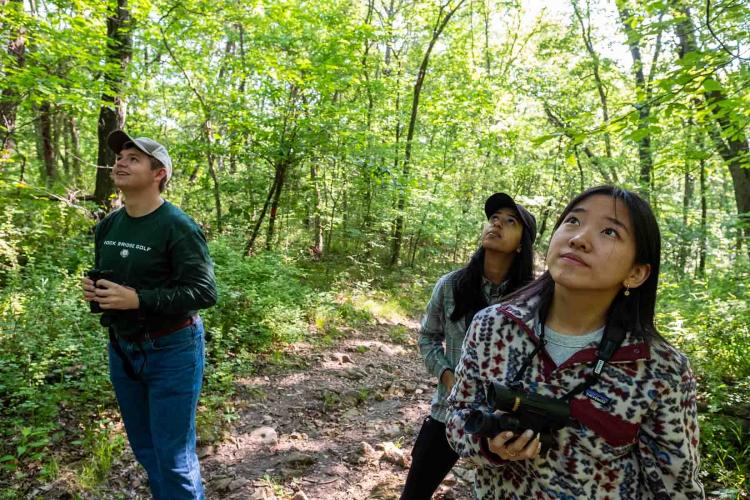
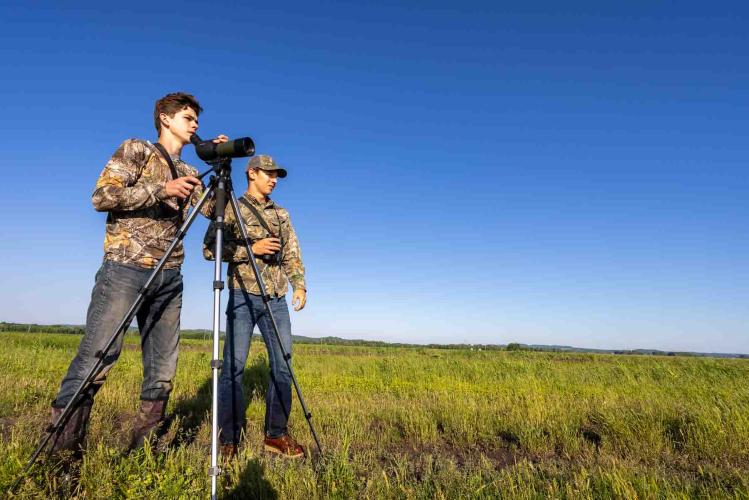
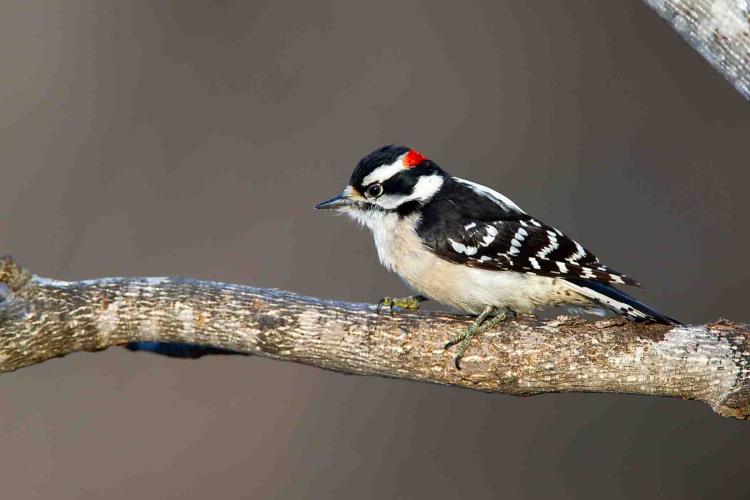
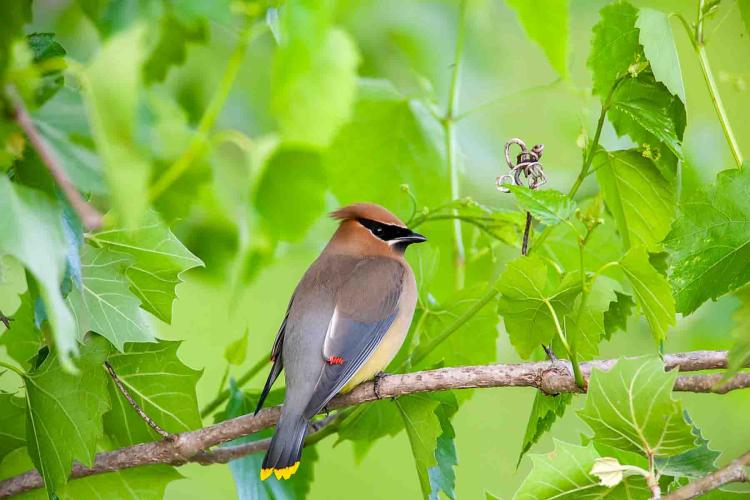
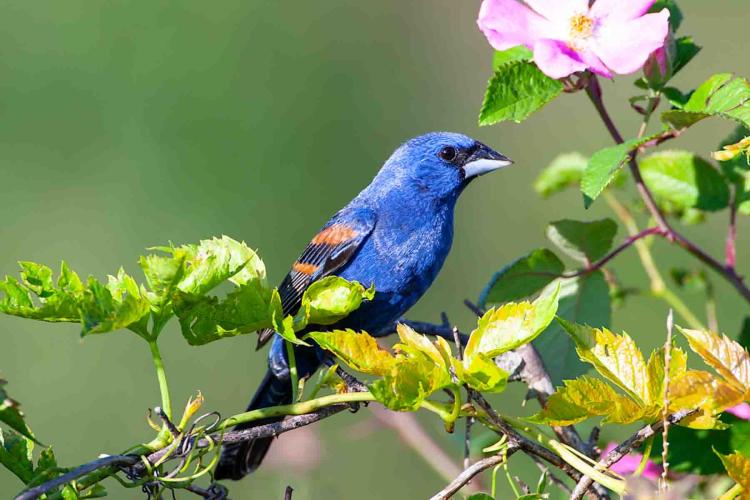
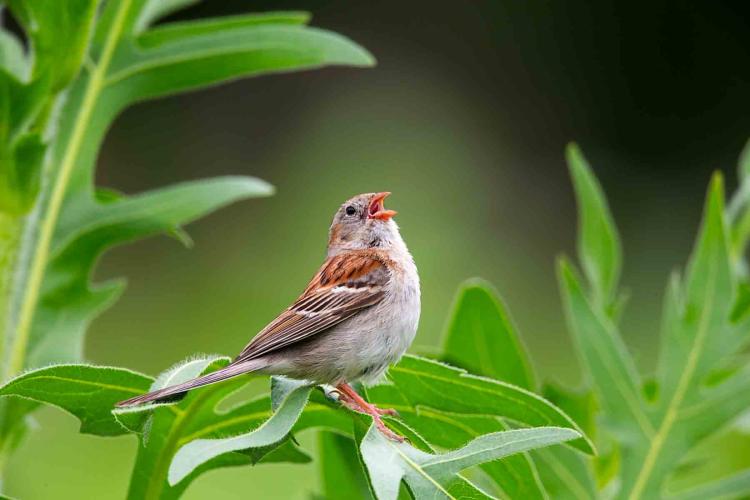
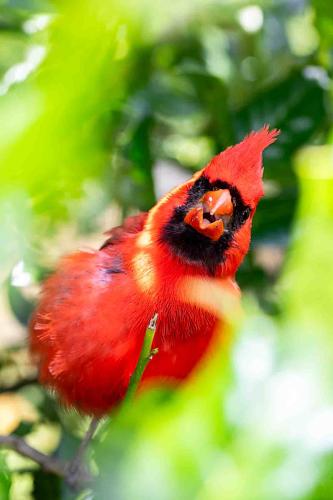

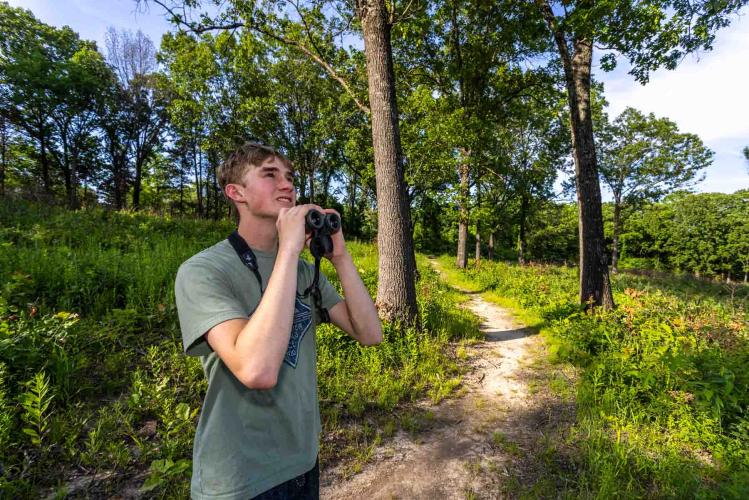
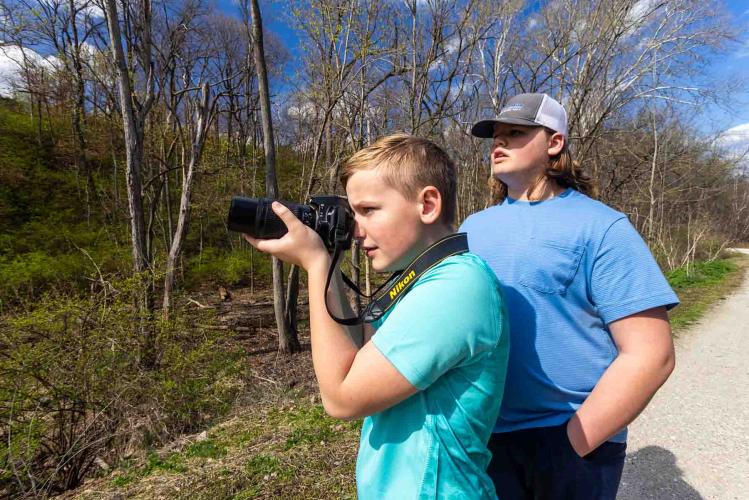
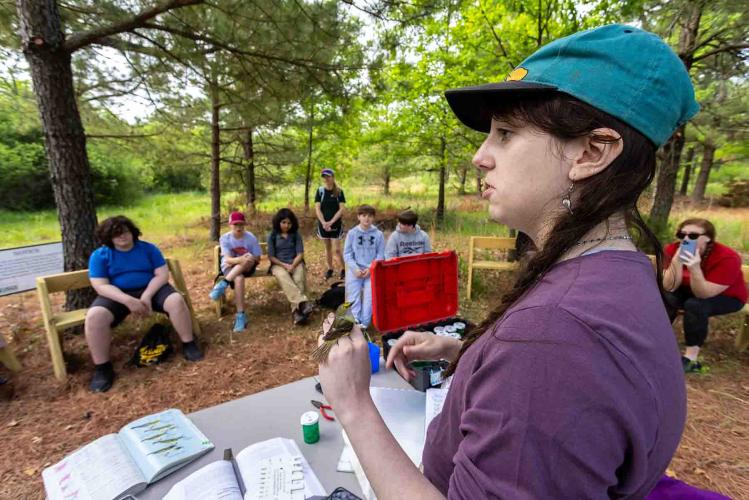

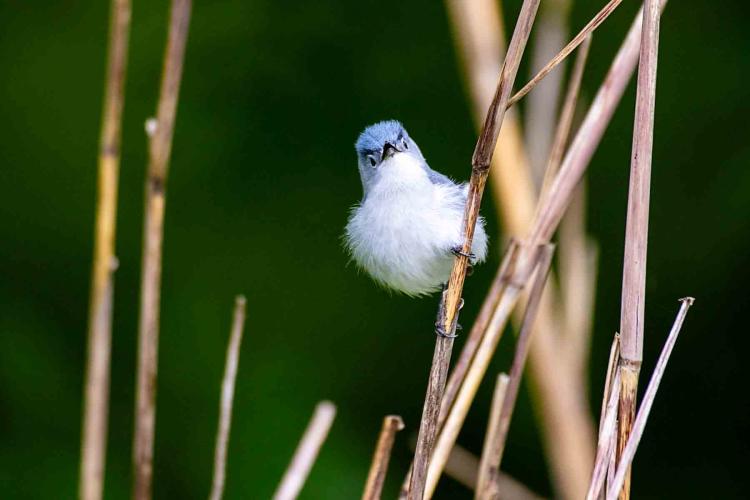
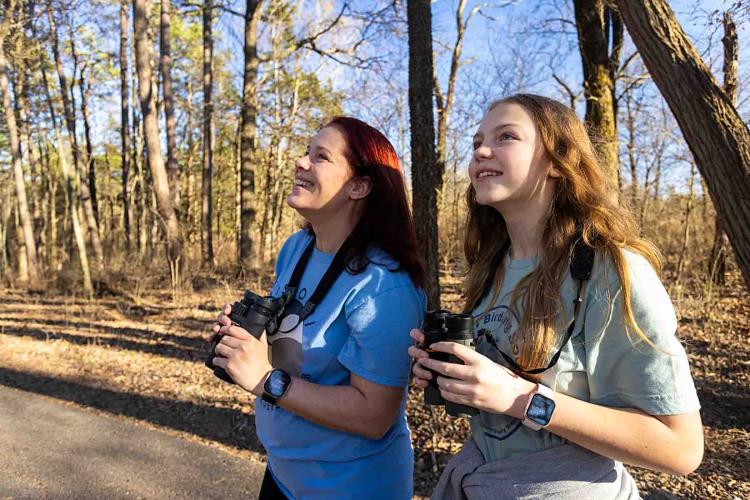
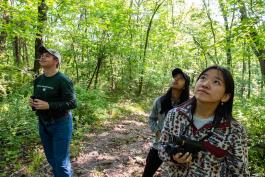
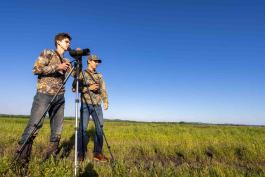
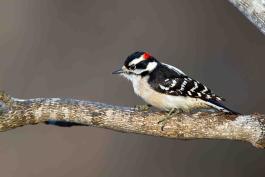
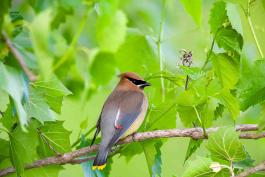
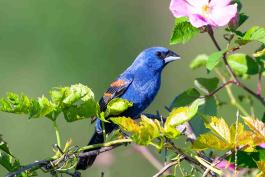
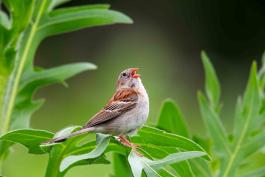

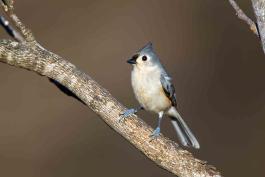
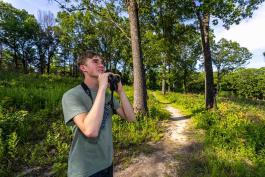
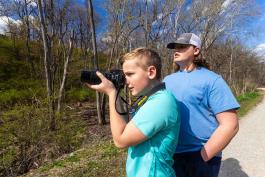
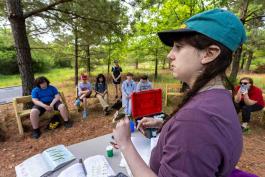
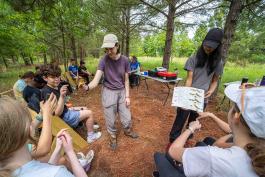
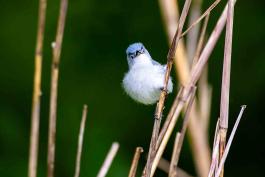
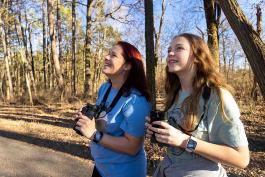
Also In This Issue
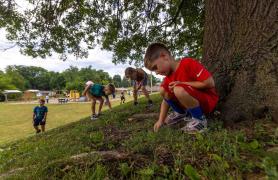
Community conservation puts nature’s focus on people

Lightning bugs add wonder to the evening sky
And More...
This Issue's Staff
Editor - Angie Daly Morfeld
Associate Editor - Larry Archer
Photography Editor - Cliff White
Staff Writer - Kristie Hilgedick
Staff Writer - Joe Jerek
Staff Writer – Dianne Van Dien
Designer - Shawn Carey
Designer - Marci Porter
Photographer - Noppadol Paothong
Photographer - David Stonner
Circulation – Marcia Hale






















